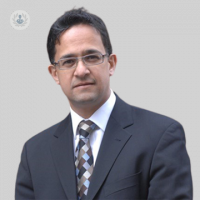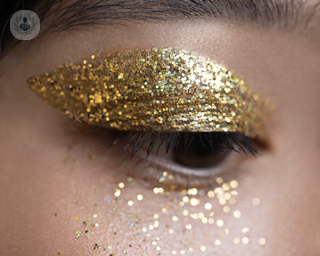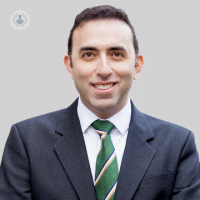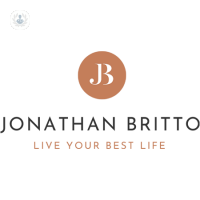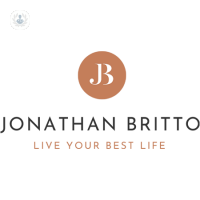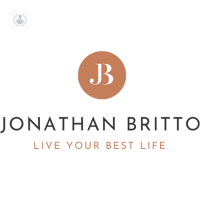Mid face lift
Mr Jonathan Britto - Plastic surgery
Created on: 03-03-2017
Updated on: 04-24-2023
Edited by: Aoife Maguire
What is a mid-facelift?
The first signs of facial ageing appear around the lower eyelid and cheek and the signs of this are remarkably consistent in men and women. These signs are ‘droop' in the volume and position of the cheek, lengthening of the vertical height of the lower eyelid, and deepening of the “Y-shape of shadow” between the lower eyelid and the cheek - all of which define the facial appearances of fatigue and premature ageing.
The procedure of combined lower eyelid blepharoplasty and midfacelift banishes the shadows and reflects the light. This specialist procedure, undertaken through the lower eyelid blepharoplasty scar, which is beautifully hidden under the eye lash line, is a very powerful ‘twilight’ day case surgery. It does not require general anaesthetic.
The downtime is two weeks, and the youthful restoration of facial shape is long-lasting and powerful. The procedure is particularly suited in the age group 35 to 55, and is an entirely different strategy from traditional facelift, avoiding scars around the ears, and specifically addressing the balance of the lower eyelid and the cheek.
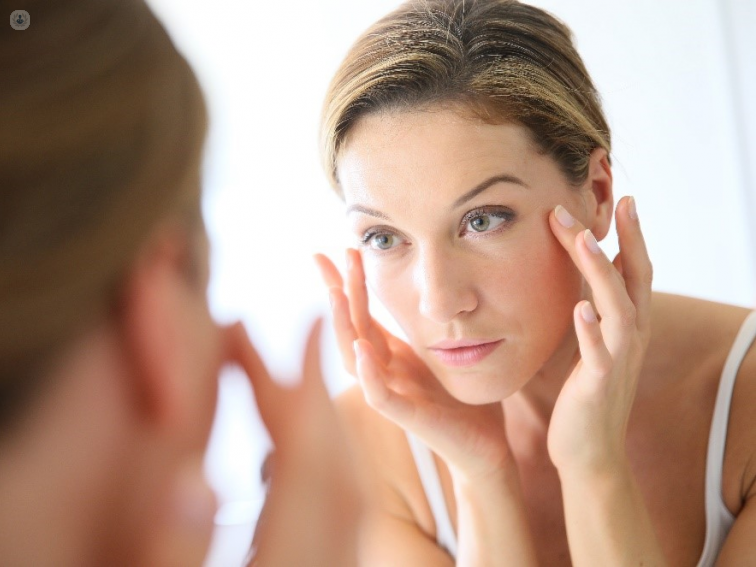
The lower blepharoplasty-midfacelift (also known as a cheek lift), elevates the cheeks, rebalances the appearance of the lower eyelid and the under-eye area and gives a youthful and rejuvenated appearance to the whole face.
With age, the cheeks below the lower eyelids begin to droop and the lower eyelids lose their strength and become saggy. Sometimes, deep grooves develop between the lower eyelid and the cheek, often called a tear-trough. The ‘tear trough’ extends to a crescent of half moon of shadow between the lower eyelid and the cheek and a "nasojugal furrow" across the cheek. This is the "Y-shape of shadow” at the junction of the lower eyelid and the sagging cheek. The cheek sags so that a fold also develops between the nose and the corner of the mouth along a line called the nasolabial fold.
What happens during the procedure?
The procedure is usually done under general anaesthetic but can also be done using local anaesthesia with sedation ('twilight’ day case surgery). The optimum incision is under the lower eyelash line, similar to those of lower blepharoplasty. Sometimes, mid-facelifts can be done by making incisions in the hair around the temple region and inside the mouth or using long incisions within the hair just above each ear. The plane of the midfacelift is the deepest in the face along the surface of the cheekbone, and the lower eyelid blepharoplasty is done in such a way as to harmonise the volume of the lower eyelid and midface to restore balance and shape.
How should you prepare for a mid-facelift?
Before undergoing a mid-facelift, you should follow the instructions of your surgeon, which may involve not taking blood thinners, drinking alcohol or smoking. Contact lenses are best avoided for a day or two before, and three weeks after the surgery, particularly if the lower eyelid blepharoplasty is undertaken as a composite joint procedure.
What is recovery like?
The recovery time is roughly around 2-3 weeks, with a return to normal activities such as the gym by 1 month. You can expect to see your final results without bruising, wounds or swelling after 2-4 months.
How long does it last?
It’s not possible to know exactly how long the effect will last because of people age and heal in different ways. Adverse life events, bereavement, and intercurrent illness all have a negative effect on the ageing process. However, it is expected to last for 7-10 years. The composite lower blepharoplasty midface-lift surgery, in the deepest plane of the face, is stable for facial shape, youthful convexity and the reflection of light. It is the prime choice in midfacial ageing, as well as reshaping the face, in the middle decades of life.
